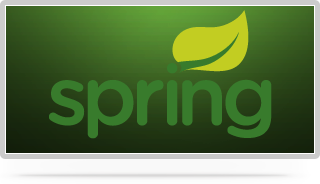Cloud Foundry Integration for Eclipse 1.0 released
I am happy to announce the first release of the Cloud Foundry Integration for Eclipse 1.0.
This release features:
- deploying, updating, starting, stopping apps directly from your workspace
- supports Java/Web, Java/Spring, Groovy/Grails and Scala/Lift apps
- service creating and binding (directly at deploy time or later)
- instance scaling and statistics
- remote file browsing directly integrated
- full debugging support for Micro Cloud Foundry
- improved incremental update performance
- integrated into Eclipse and STS
And, last but not least, the project is now open-source under the EPL and available from GitHub: https://github.com/SpringSource/eclipse-integration-cloudfoundry
You can install it into STS (2.9.0 or higher required) using the STS Dashboard or directly into a plain Eclipse JEE package (Indigo recommended) using the Eclipse Marketplace.
Attention: if you have a previous version of the Cloud Foundry tooling installed (the old milestone or nightly builds, having the old STS version…


